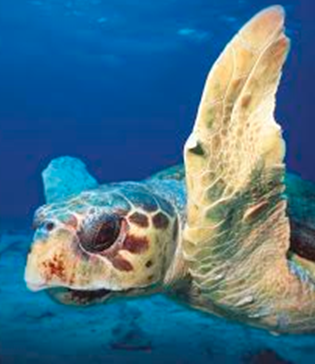Speaker
Martina Lužnik
(UP FAMNIT)
Description
Crested newts are a group of closely related salamandrids within the Triturus cristatus superspecies. Their differential ecological demands result in different morphotypes: ranging from stocky, mostly terrestrial animals, to slender and predominantly aquatic. Species can thus be identified in situ based on limb size relative to the body length (“Wolterstorff index” or WI). More reliable identification characters comprise counts of rib-bearing vertebrae and analysis of molecular markers (mitochondrial and nuclear DNA). Crested newt species ranges are mostly parapatric, with narrow hybrid zones whenever there is contact, which complicates species determination. In Slovenia two crested newt species are present. The Italian crested newt (Triturus carnifex) is widely distributed, however relatively rare. In 2012 the Danube crested newt (T. dobrogicus) was found in oxbow lakes near the Mura River (Dolinsko polje, Murska Šuma, NE Slovenia). The species was determined using WI index. Both species have a different conservation status in national and international legislation. Because of different ecological requirements, also management of habitats should be distinct. It is therefore crucial to know the distribution range of both species in the county in order to adjust legislation and apply suitable conservation measures for each species. Here we present the first results of joint morphological and molecular analyses for crested newt populations from eastern Slovenia. WI was analysed in 108 specimens from 9 localities along Mura River floodplains, whereas mitochondrial gene cytochrome b was screened in 60 specimens . Morphological results revealed 5 pure T. dobrogicus populations and 4 hybrid T. dobrogicus x carnifex populations. However, molecular analysis revealed populations from Mura floodplains to have mtDNA associated to T. carnifex only, to T. dobrogicus only, or both (mixed populations). Only T. carnifex mtDNA was detected within populations further west from Mura. Due to the inability of mtDNA to reveal hybrids, we can’t impose directly which specimens are hybrids, however with the combined morphological and molecular data we are able to suggest that the Mura floodplain is most likely inhabited by hybrid populations. There is a need to further sample other eastern Slovenian floodplains, especially where other Pannonian species are found.
Author
Martina Lužnik
(UP FAMNIT)
Co-authors
Aleksandra Lešnik
(CKFF)
Damijana Rašl
(UP FAMNIT)
Prof.
Elena Buzan
(University of Primorska)
Mrs
Maja Cipot
(Centre for Cartography of Fauna and Flora)
Marijan Govedič
(CKFF)

